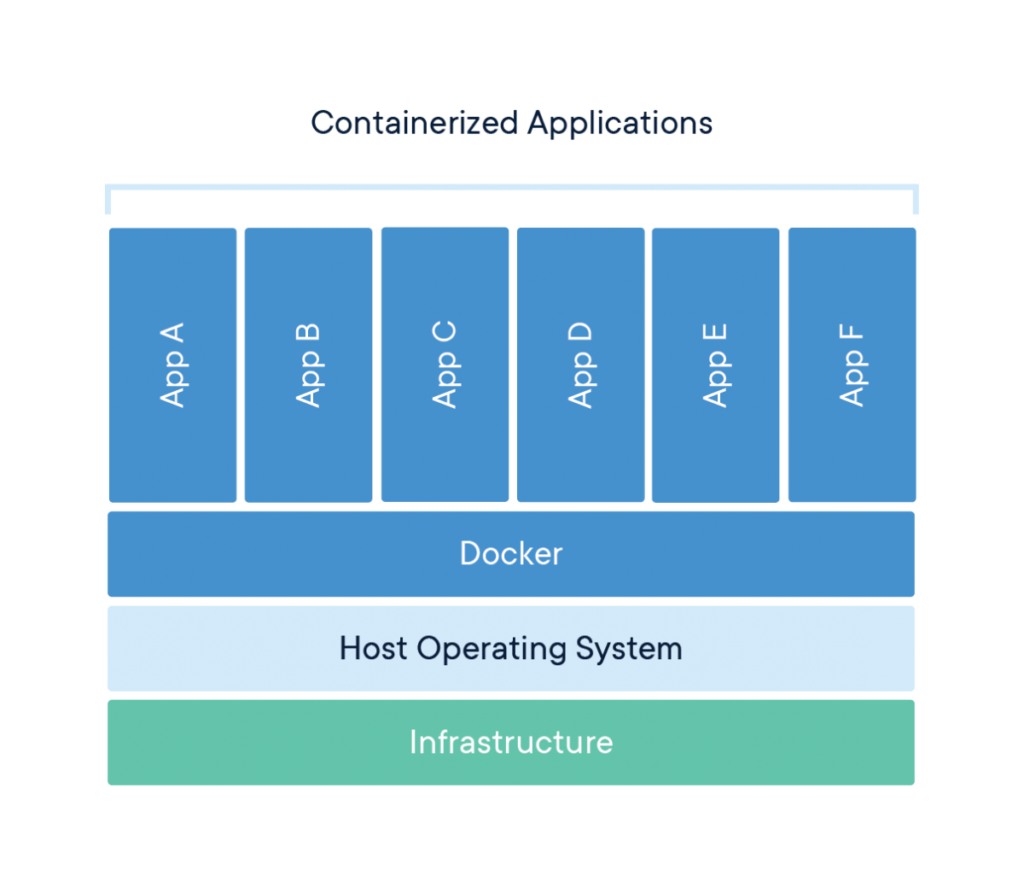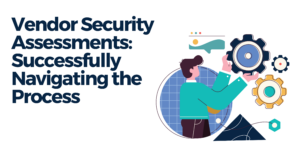Developing apps today requires so much more than writing code. Multiple languages, frameworks, architectures, and discontinuous interfaces between tools for each lifecycle stage creates enormous complexity.
If your team has felt these challenges, you may have also heard about Docker and how it simplifies these complexities with containers.
Containers give you the freedom to innovate with your choice of tools, application stacks, and deployment environments for each project.
Docker introduced the standard for containers, which are self-contained units of software that allow developers to isolate their app from its environment.
Being self-contained, containers make apps highly portable between local dev, test, and production environments.

The use of containers has been growing steadily since Docker was founded in 2010.
More than a third of IT decision makers report using containers and an additional 43% are “evaluating or using containers in limited deployment,” according to the Cloud Foundry Foundation. Only 11% aren’t using containers at all.
Almost any service can be put into a Docker container. Keep reading to learn more about how healthcare apps are running containerized services to:
- Boost cybersecurity and ensure HIPAA compliance
- Scale their apps through standardization and portability
- Minimize resources needed to ship products––and get to market faster
Containers, cybersecurity and compliance
According to HITInfrastructure, “virtual containers act much like they do in the physical world, by separating data from other data based on predetermined characteristics. When migrating from one cloud storage model to another, it’s much easier to move data if it is contained in one place or separated from data that does not need to be moved.”
Healthcare apps are the perfect production use case for containers because they can run their services in ways that are independent from their underlying infrastructure.
The result of this improves the cybersecurity of cloud-based applications because:
- It’s easier to add redundant instances for high availability
- Data is inherently separated from the application layer
- Traffic decoupled between the application and lower level OSI layers
- It’s easy for applications to move to new, secure environments, quickly
If it’s easier to move data, it’s easier to protect data and to build on top of it. Thanks to Docker, building and expanding upon applications with containers has never been easier.
Containers segregate the application from its environment.
Healthcare apps are inherently complex. They are often composed of services that handle specific tasks, like handling patient records, file transfer, document export, and messaging.
Once an application has been containerized, developers can take segregation further by creating independent services, or microservices, that run as containers performing niche tasks.
Microservice architectures allow you to scale only the most in-demand components of an application.
MedStack Control leverages Docker’s orchestration layer, Docker Swarm, to run containerized applications at scale. The containers that serve your application are segregated from the environment, which means security provisioning and compliance attestations about the environments running the application are inheritable and maintained independently from the application.
Containers are lightweight and portable.
Containerizing services makes moving the complex systems that handle protected health information (PHI) significantly easier.
Migrating, deploying, or rolling-back versions of your app can happen much faster than with monolithic app servers.
Sometimes, development teams will start building a novel digital health application in their own private clouds on AWS, GCP, or Azure before they begin handling sensitive data.
When these teams are ready to manage real PHI, they’ll need to ensure their cloud environments are compliant.
Our own research shows that the major hyperscalers guarantee approximately 3% of HIPAA’s security controls.
MedStack Control guarantees 67% of HIPAA’s security controls out of the gate, greatly simplifying the process of safely running digital health applications.
Containers also allow digital health apps to easily run dedicated clusters for different hospitals, institutions, and clinics, meaning provider and patient data can be completely isolated for major clients using your services.
Containers reduce risk.
While you probably don’t want to be explaining containers to a hospital CIO, they do help demonstrate how your organization is adhering to cybersecurity best practices.
When containers are built in a stateless design, PHI, PII, and other sensitive data is stored outside the application environment, reducing the risk of breaches. Aggressive access constraints and isolated processes ensure that PHI is protected.
This is important for two reasons:
- You can manage access to personal health information (PHI) based on the container connecting to the database. This means that some containers will have access to PHI, and others will not. This is crucial for HIPAA compliance.
- In the event of an application security breach, the database may only be partially accessible. This mitigates complete database exposure in the case where one service in the application is exploited.
—
Want to know more about building HIPAA compliant container apps? Watch our Docker podcast and see how easy it is to make your app compliant by design.
Image credit: Docker | docker.com





